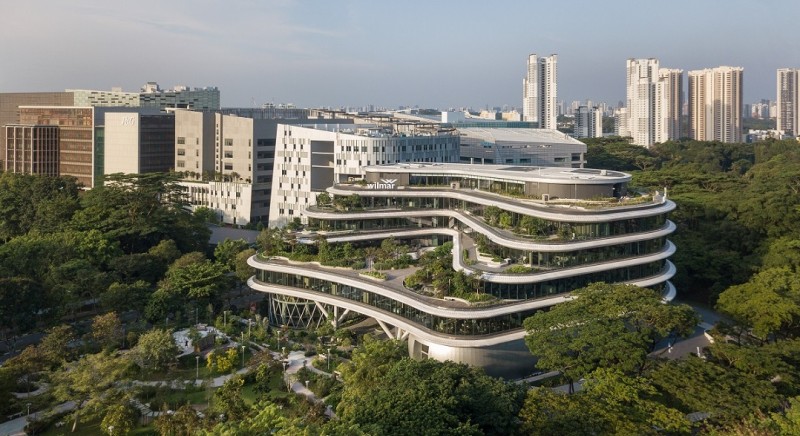Recently, he has turned bullish on Wilmar following its announcement on Dec 30, 2024 that it will be taking control of a Bombay-listed joint venture it now runs runs with Adani, its partner in India. The joint venture is called Adani Wilmar and is a leading supplier of cooking oil, flour and other food ingredients in India. From an existing stake of 44% in Adani Wilmar, Wilmar will increase its stake to 75%, as Adani prefers to focus on other business areas. “Adani Wilmar is at the core of India’s food sector,” says Tiruchelvam.
Along with improving operating margins, and an indicative dividend payout at a yield reaching a “historic high”, Tiruchelvam has in his Jan 10 note upgraded his call on Wilmar to “buy” from “sell” previously, along with a target price of $3.54, up from $2.10. “The stock has fallen by 30% since our initiation in August 2023. These risks seem to be priced in,” he says.
All in, Tiruchelvam has raised his ebitda forecasts for Wilmar by 9% for the current FY2025 and FY2026 due to improving margins. According to the analyst, margins were held low in FY2023 and FY2024 because of overcapacity. He notes that inventory levels of soybean oil are now at the lowest since 1976, and this business can be seen to become more profitable. “The improved prospects for the core soy processing business is the cause for optimism,” he adds.
Investors are duly “paid” as they wait for possible upside. Wilmar has maintained a track record of paying pretty generous dividends. After paying a total of 12.5 cents for FY2019, Wilmar increased the payout to 19.5 cents for FY2020, 15.5 cents for FY2021, and 17 cents each for FY2022 and FY2023. The company has already maintained an interim dividend of 6 cents for 1HFY2024 — the same as what the company paid for FY2022 and FY2023.
See also: Share buybacks by SGX-listed companies surge 80% y-o-y to $1.65 bil; UOB, DBS and OCBC top spenders
To put it another way, Wilmar’s payout ratio has been maintained at between 40% and 55% in the last decade. The indicated dividend yield of 5.5% is at a record high, points out Tiruchelvam.
There is also a fundamental gap in the market valuation. Yihai Kerry Arawana Holdings Co, Wilmar’s separately listed subsidiary in China, has a market value of around RMB160 billion, or $30 billion. Based on Wilmar’s near-90% stake, that is a market value of around $27 billion. In contrast, Wilmar’s own market cap is a tad below $20 billion, which means the market has ignored the value of Wilmar’s other businesses including Adani Wilmar, which, based on Wilmar’s 44% share, is valued at $1.76 billion.
Also, investors can rely on the company’s chairman and CEO Kuok Khoon Hong for support. He is known for buying up additional shares of the company from the open market and has been observed to do so, especially when the share price trades at around $3. In effect, he has drawn a line in the sand that this is the floor, which was last seen back in 2009. “The chances of insider buying are strong due to the falling interest rates. The dividend yields are even more attractive due to the possibility of rate cuts,” says Tiruchelvam.




